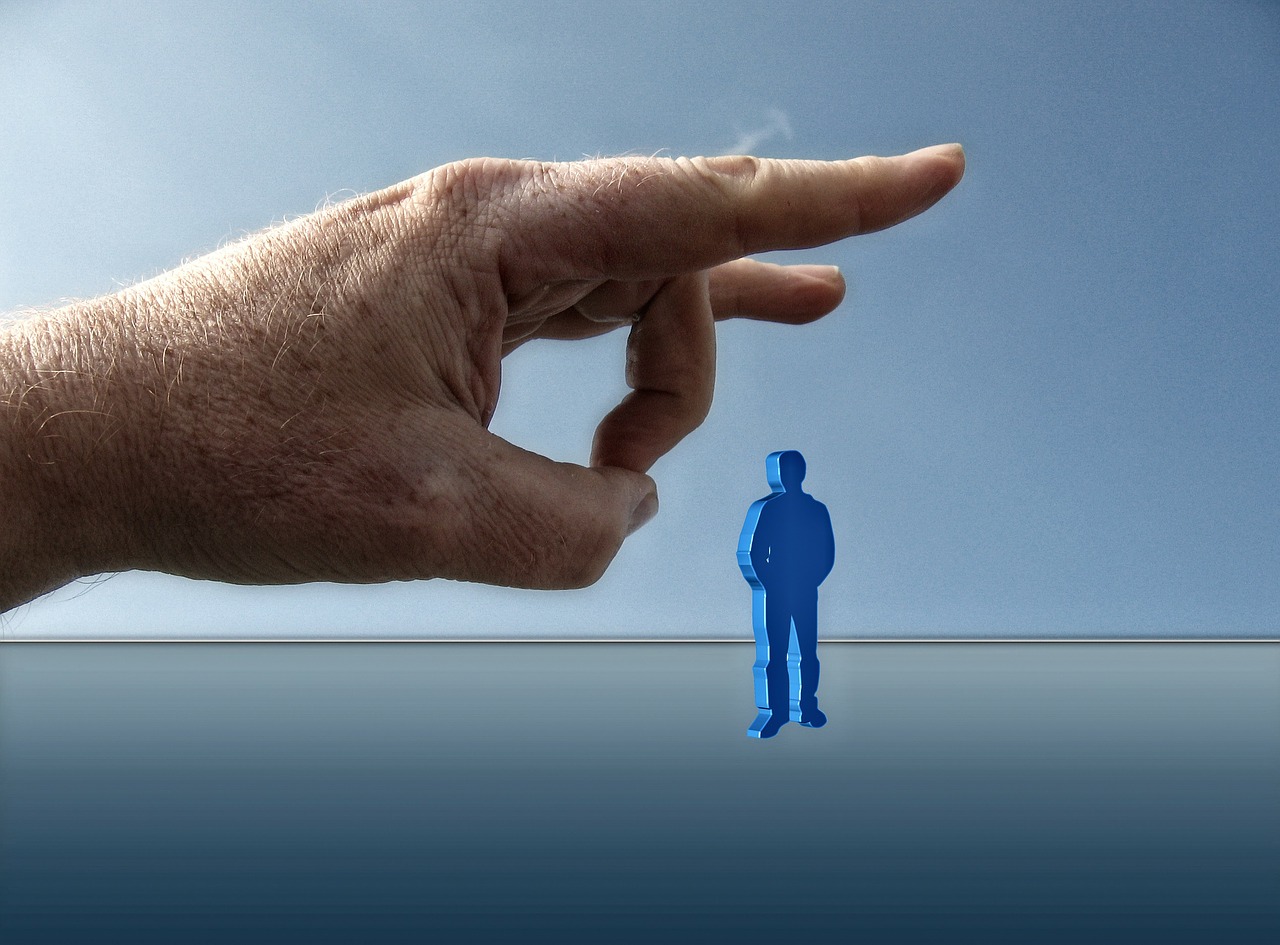Among the many life lessons found in this wonderful film, here are my professional takeaways from the major characters.
Dorothy Gale: In her journey on the yellow brick road, Dorothy faces various twists and turns with serious obstacles to overcome. It’s a perfect metaphor for a “career path” that is anything BUT a straight line to a destination dream job/career. (Fortunately, we’re not at risk to run into a bad witch with a minion of flying monkeys!) As with Dorothy’s experience, however, we’re also likely to encounter opportunities for self-discovery while sharing the adventure with people we come to value that we meet along with way.
Glinda the Good Witch, The Wicked Witch of the West, and the Wizard: Employees don’t get to chose the bosses they want to work for, and we naively presume that everyone in a position of authority is smart, competent, and capable of leading/managing effectively. The reality is you may end up working for managers who are good, those who are mediocre and hide behind a curtain of power, or those who are toxic. Whether you find yourself with a Wizard or a Wicked Witch, it’s important to respect their authority — even if you don’t respect them personally — for as long as you’re able to endure them.
The Scarecrow: His journey ends with being awarded an official degree, but there’s no end to seeking knowledge. On-the-job training and continual learning — formal and informal (e.g., reading, networking, professional development, etc.) — are necessary for growth.
The Cowardly Lion: You can’t lead when you’re paralyzed by fear. “Fake it ’til you make it” isn’t an effective strategy for the King of the Jungle or anyone in a position of power. We continually learn confidence through trial & error and building on our failures with encouragement from others. As Conan O’Brien shared in a commencement speech, “[Don’t] be afraid to fail … whether you fear it or not, disappointment will come. The beauty is that through disappointment you can gain clarity, and with clarity comes conviction …”
The Tin Man: He comes to learn that having a heart is key to a fulfilling life. Philosopher and writer Elbert Hubbard said it best: “Do work with your whole heart and you will succeed – there is so little competition.”
[Image credit: Ray Fragapane on Unsplash]






 I was encouraged by my nonprofit colleagues to write Share of Mind, Share of Heart given the favorable response to
I was encouraged by my nonprofit colleagues to write Share of Mind, Share of Heart given the favorable response to 



